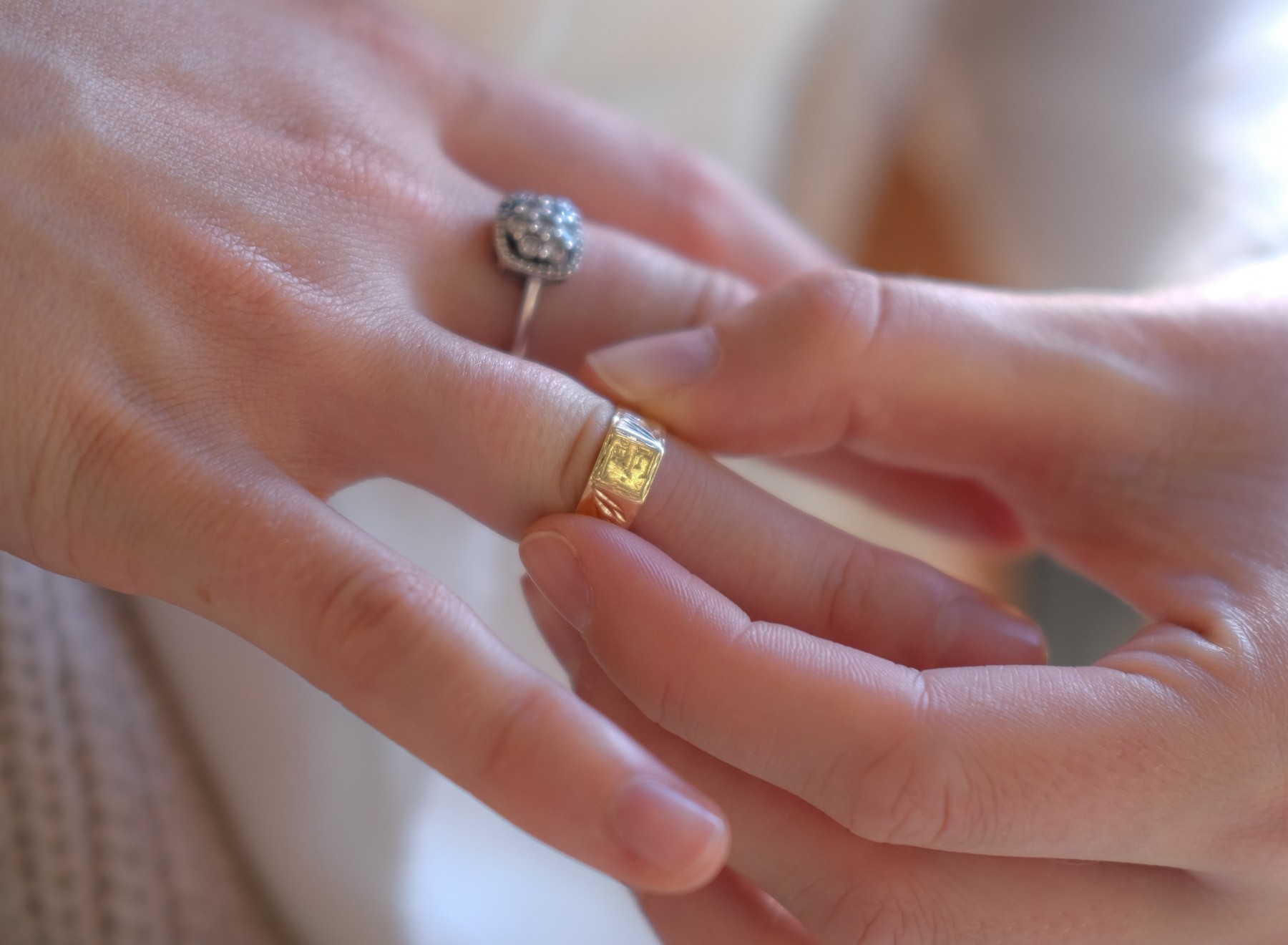One of Earth’s rarest treasures
 Diamonds were formed at the beginning of time, when a combination of heat and pressure deep beneath the earth’s crust miraculously transformed carbon into diamond – the hardest substance found in nature.
Diamonds were formed at the beginning of time, when a combination of heat and pressure deep beneath the earth’s crust miraculously transformed carbon into diamond – the hardest substance found in nature.
The world’s love of diamonds had its start in India, where diamonds were gathered from the country’s rivers and streams.
Nowadays, diamonds are found in many countries around the world, but the majority (approximately 65%) are found in Africa. The main diamond producing countries are: Angola, Australia, Botswana, Canada, Democratic Republic of Congo, Namibia, Russia and South Africa.
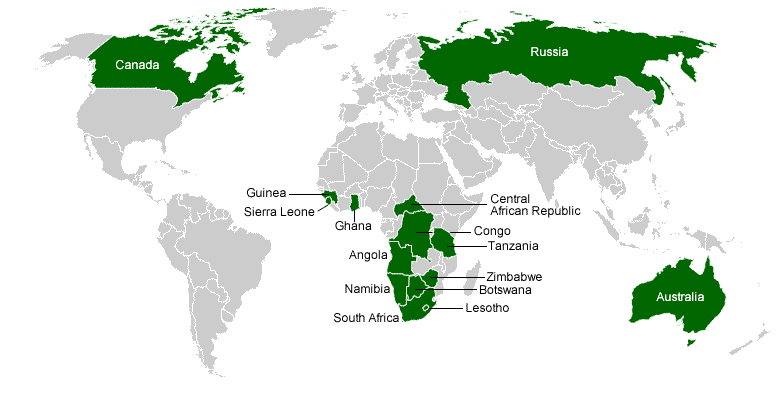
April’s birthstone is thought to provide the wearer with better relationships and an increase in inner strength. Wearing diamonds is purported to bring other benefits such as balance, clarity and abundance.
Diamond is also the gem that marks the 60th and 75th wedding anniversaries.
Your guide to the 4C’s
Diamond quality is judged by four primary factors – colour, clarity, carat and cut.
- Colour
In most diamonds, the term actually refers to the absence of colour. Most diamonds are nearly colourless, with slight tints of yellow or brown. Totally colourless and rare “fancy coloured” diamonds (blue and red being the rarest) are the most valuable.
- Clarity
Clarity measures the amount, size and placement of internal 'inclusions,' and external 'blemishes.' Grades run from 'Flawless,' with virtually no imperfections, to 'Included,' which contain a significant number of imperfections.
- Cut
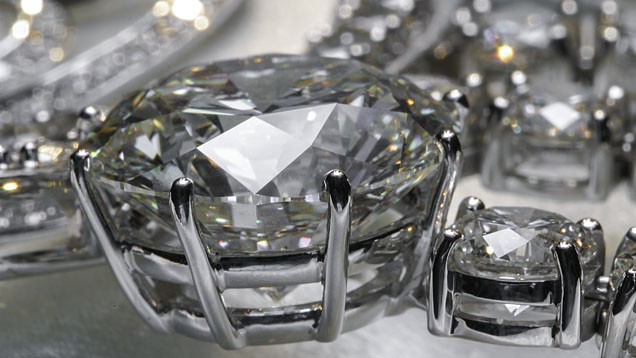 This is one characteristic of a diamond where man has more influence than nature.
This is one characteristic of a diamond where man has more influence than nature.
Cut refers to a diamond's proportions, symmetry and polish. It will determine the amount of brilliance, sparkle and fire in a diamond. Grades range from 'Excellent' to 'Poor.'
- Carat
Generally speaking, the higher the carat weight, the more expensive the stone, but the other three C’s also need to be considered.
Less than 5% of gem quality diamonds weighs more than one carat.
The largest rough diamond, discovered in 1905, is the Cullinan diamond, weighing in at 3,106 carats (1.37lb)! Its cuts were used in the Crown Jewels.
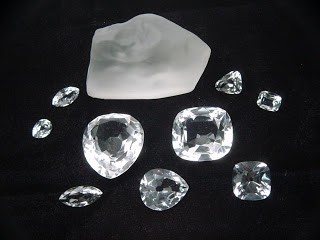
Treatments
In recent years diamond treatments have become more common, more advanced, and harder to detect.
Fracture filling and HPHT treatment are the most common while internal laser drilling, irradiation and surface coating is on the increase.
AnchorCert Gem Lab is the only provider in the UK able to identify HPHT treated diamonds.
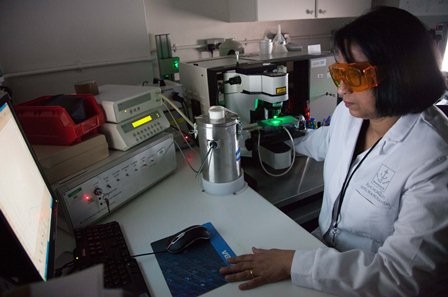
Quick Facts
- Chemical Composition: Pure carbon
- Refractive Index: 2.42
- Specific Gravity: 3.52
- Mohs Hardness: 10.00
AnchorCert Diamond Reports
Buyers have a right to know whether a stone is natural, a diamond simulant or a diamond created in a lab, and whether or not the stone has been treated to enhance its appearance. Thanks to its qualified gemmologists and its state-of-the-art gemmological instruments, AnchorCert Gem Lab provides reassurance of the authenticity and quality of a gemstone.
We provide a wide range of reports, from comprehensive A4 reports with facet diagram to highly popular and competitively priced mini reports.
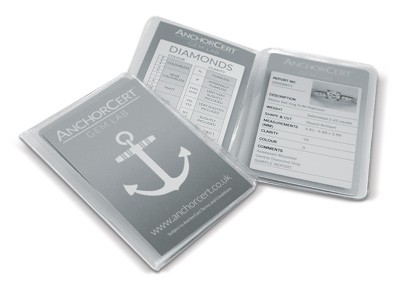
Have you got your Diamond guide counter-top display? Order it today for only £5.00!
.jpg)
Find out more about Diamond Reports from AnchorCert
0121 236 2122
Your item has been added to the basket
You need to create an account, or login before you can add this item to your basket.



